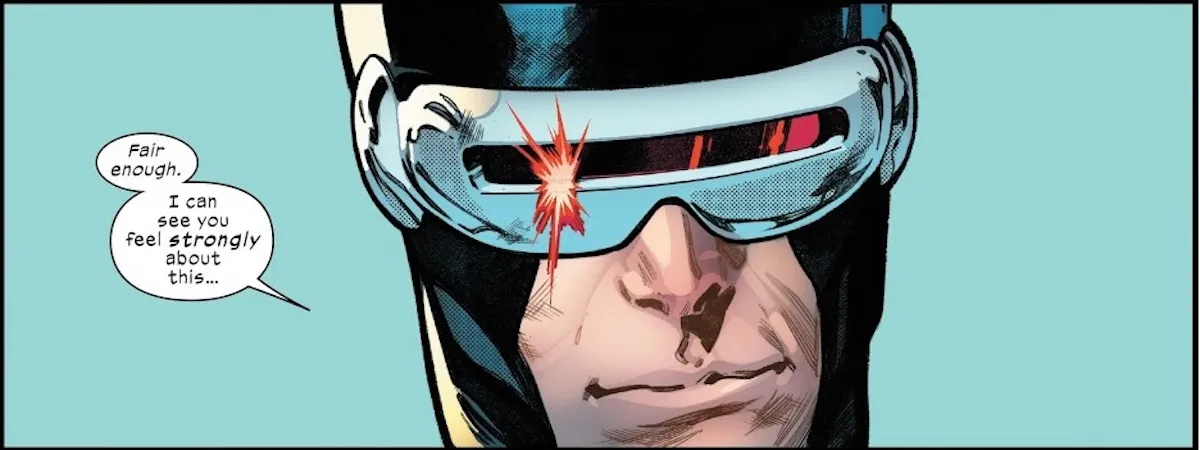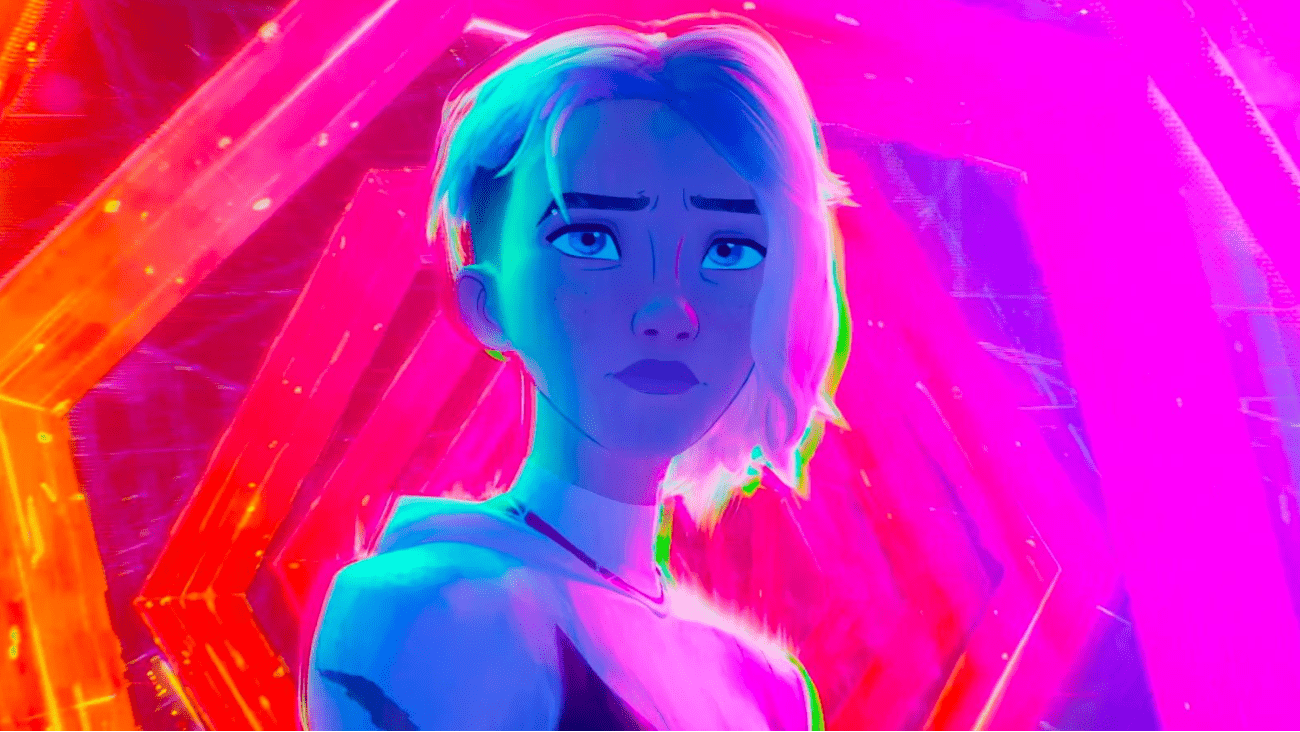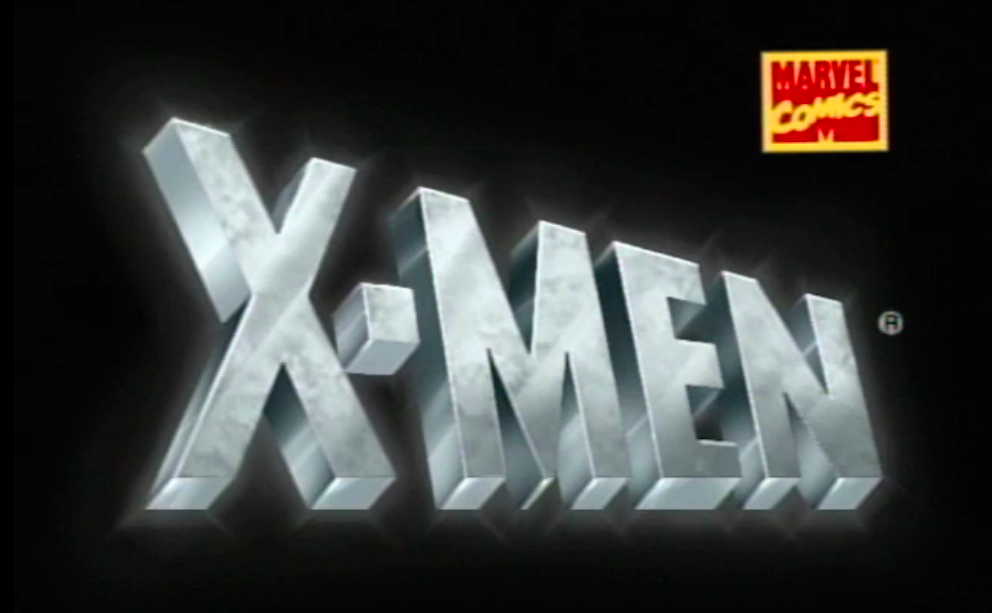Take it from someone who’s tried: If you want to read the complete history of Batman in comics, and you don’t want to do it digitally, you have your work cut out for you! Take a look at Comic Book Herald’s complete Batman reading order and you’ll see an (expertly curated) list of a wide variety of collected editions, many of which have long since gone out of print and are no longer available at an affordable retail price. The journey through the history of the Bat in print collections hasn’t felt especially achievable – all that may be changing soon.
DC’s 2024 has focused on a number of tangible efforts to make their comics more available and affordable, starting with this year’s earlier Compact Classics, which took all-time great stories like Watchmen and All-Star Superman and packaged them into Manga sized digests (5.51 x 0.75 x 8.46 inches) for $9.99 a pop in the U.S. The collected efforts continue in late 2024 with DC Finest. [Read more…] about Collect The Complete DC Comics Reading Order Through DC Finest Collections


